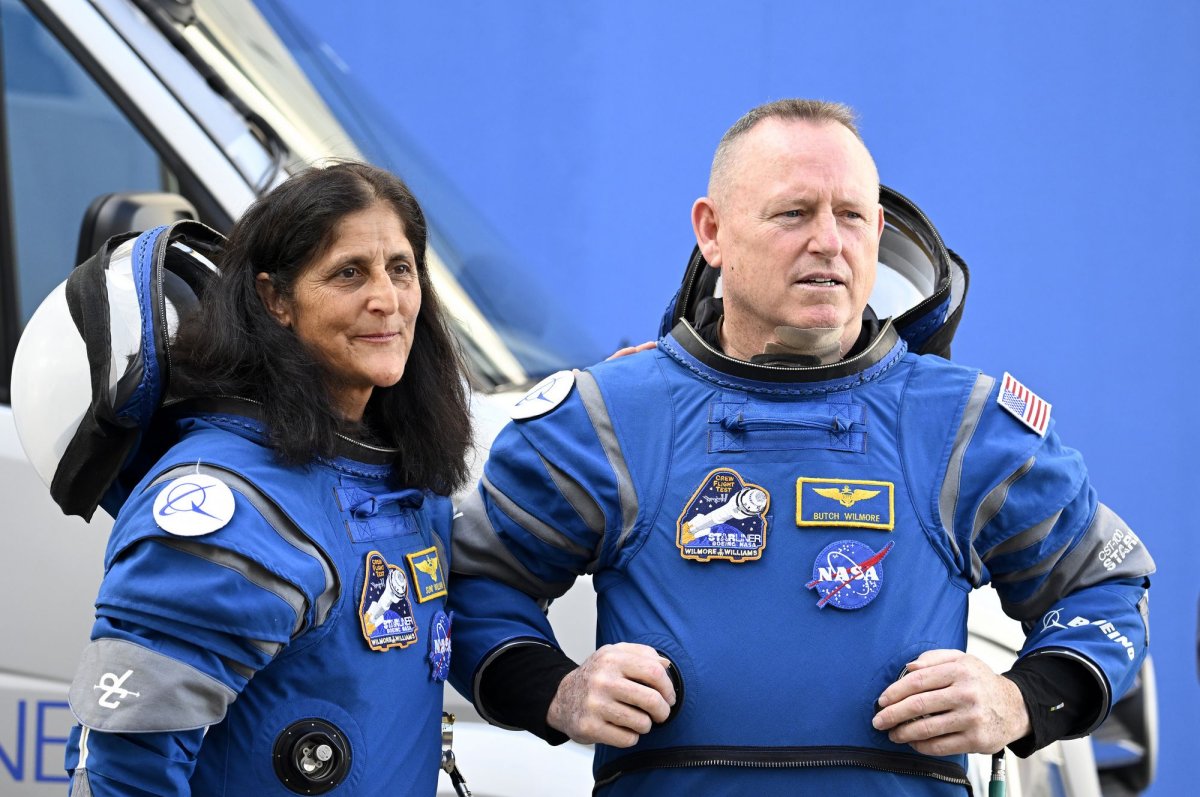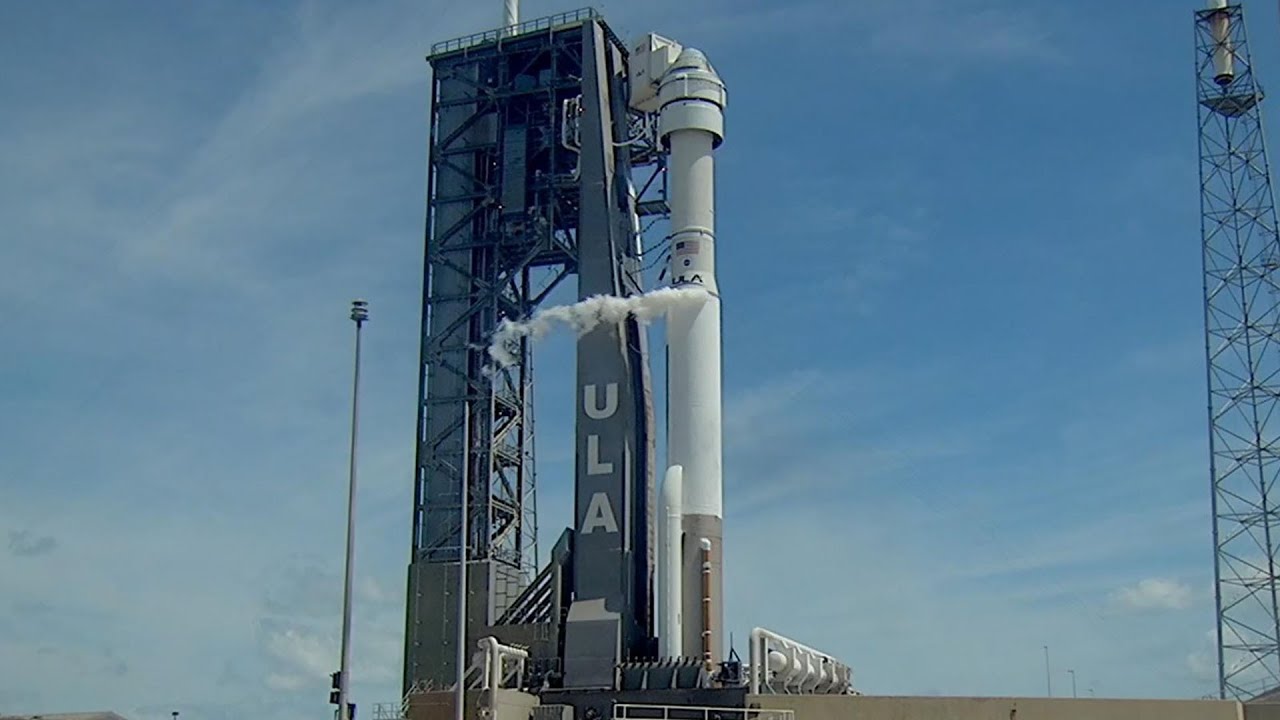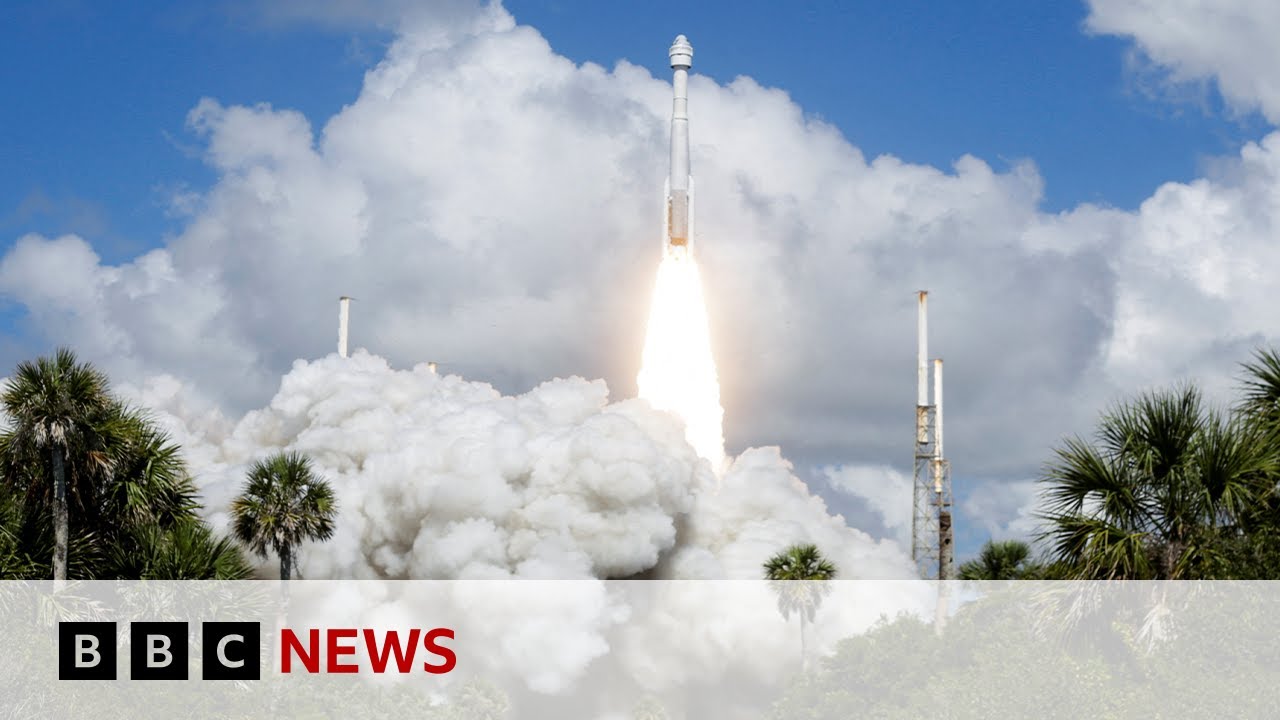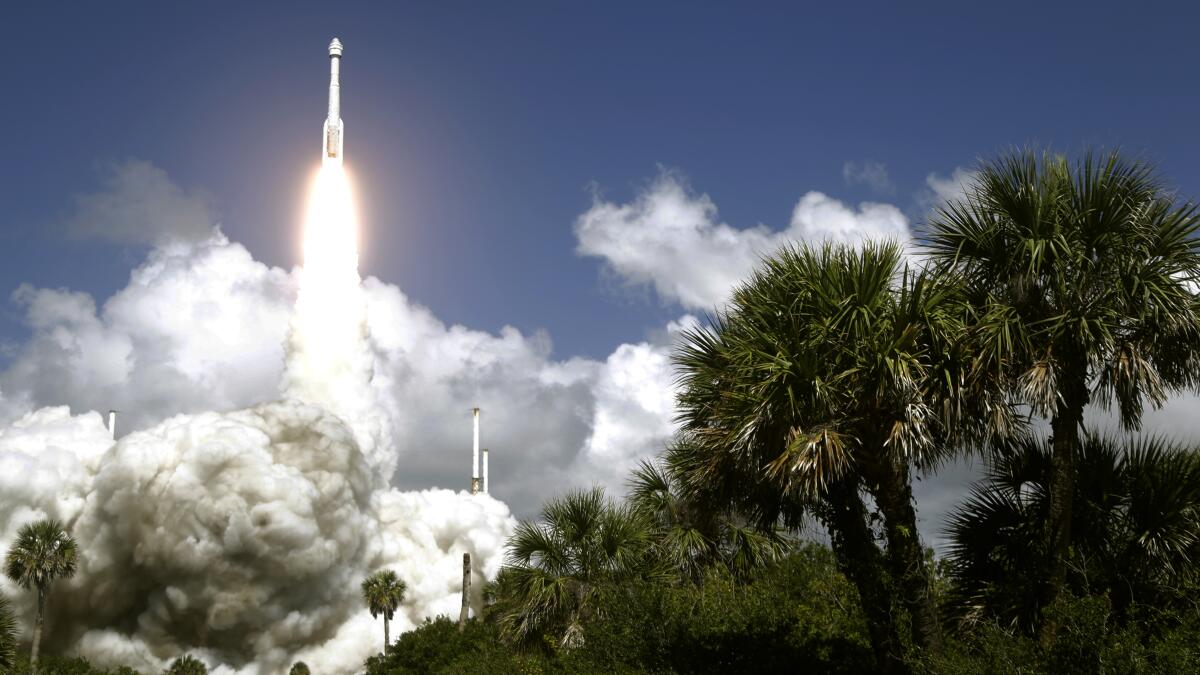The Boeing Starliner launch, a pivotal moment in space exploration, is set to propel humanity further into the cosmos. This advanced spacecraft, designed to transport astronauts and cargo to the International Space Station and beyond, represents a significant leap forward in space travel.
With its state-of-the-art capabilities and ambitious mission objectives, the Boeing Starliner launch promises to unlock new frontiers in space research and pave the way for future human exploration.
Boeing Starliner Launch Overview
The Boeing Starliner is a reusable spacecraft designed to transport astronauts and cargo to the International Space Station (ISS) and other low Earth orbit destinations. Its maiden launch on May 19, 2022, marked a significant milestone in NASA’s Commercial Crew Program, aiming to increase the United States’ independence in accessing space.
The Starliner spacecraft is equipped with advanced systems for autonomous docking, navigation, and life support. It has a capacity to accommodate up to seven astronauts and can carry up to 400 pounds of cargo. The spacecraft is designed to remain in orbit for up to six months, providing long-duration mission capabilities.
Launch Vehicle
The Starliner was launched into orbit by an Atlas V 401 rocket, a powerful and reliable launch vehicle developed by United Launch Alliance (ULA). The Atlas V 401 variant used for the Starliner launch featured a 4-meter payload fairing and four solid rocket boosters to provide additional thrust during liftoff.
Launch Preparations and Timeline

Meticulous preparations precede the launch of Boeing’s Starliner spacecraft. Prior to liftoff, the spacecraft undergoes rigorous testing and integration procedures to ensure optimal performance during its journey to the International Space Station (ISS).
The launch timeline is meticulously planned to optimize the spacecraft’s trajectory and ensure a successful mission. From liftoff to orbit insertion, each stage of the launch sequence is precisely choreographed to maximize the chances of a smooth and efficient ascent.
Launch Window and Contingency Plans
The launch window for the Starliner mission is carefully selected to align with the optimal orbital conditions for rendezvous with the ISS. Contingency plans are in place to accommodate potential delays or unforeseen circumstances, ensuring the safety of the spacecraft and its crew.
Launch Sequence and Events

The Boeing Starliner launch sequence is a meticulously choreographed series of events, each meticulously planned and executed to ensure the spacecraft’s successful ascent into orbit. From the moment of ignition to the separation of the Starliner capsule from the launch vehicle, every stage and milestone is critical to the mission’s success.
The launch vehicle used for the Starliner mission is the United Launch Alliance (ULA) Atlas V rocket, a proven and reliable launch system with a long history of successful missions. The Atlas V consists of three stages, each with a specific role in the launch process.
First Stage
The first stage of the Atlas V is responsible for providing the initial thrust required to lift the Starliner and launch vehicle off the ground. Powered by a single RD-180 engine, the first stage burns for approximately four minutes, consuming a massive amount of propellant to propel the vehicle upwards at an astonishing speed.
Second Stage
Once the first stage has completed its burn and separated from the launch vehicle, the second stage takes over. Powered by a single RL10 engine, the second stage is designed to provide a more controlled and efficient burn, continuing the vehicle’s ascent into space.
The second stage burns for approximately six minutes, further increasing the vehicle’s velocity.
Third Stage
The third stage of the Atlas V is the final stage of the launch vehicle. Powered by a single RL10C engine, the third stage is responsible for achieving orbit. This stage burns for approximately six minutes, providing the necessary velocity to insert the Starliner capsule into its intended orbit around Earth.
Starliner Separation
Once the third stage has completed its burn, the Starliner capsule separates from the launch vehicle. This separation is a critical milestone in the mission, as it marks the point at which the Starliner is on its own, responsible for completing its journey to the International Space Station (ISS).
Orbital Insertion and Mission Objectives
Once the Boeing Starliner successfully launches, it will embark on a critical phase of its mission: orbital insertion. This process involves maneuvering the spacecraft into a stable orbit around Earth, which is essential for achieving its mission objectives.
The orbital insertion process begins with the Starliner’s propulsion system firing to adjust its trajectory. The spacecraft will then gradually raise its altitude, performing a series of burns to fine-tune its orbit and achieve the desired altitude and inclination.
Mission Objectives
Once in orbit, the Starliner will have several key mission objectives:
- Docking with the International Space Station (ISS):The Starliner is designed to autonomously dock with the ISS, delivering cargo and supplies to the astronauts aboard.
- Conducting scientific experiments:The Starliner will carry a variety of scientific experiments, including investigations into microgravity, human physiology, and Earth observation.
- Testing spacecraft systems:The mission will also provide an opportunity to test and evaluate the Starliner’s systems, including its life support, navigation, and propulsion capabilities.
Challenges and Risks
The Boeing Starliner launch faces several potential challenges and risks, including technical malfunctions, launch failures, and orbital insertion issues. To mitigate these risks, Boeing and NASA have implemented comprehensive safety measures and contingency plans.
Technical Malfunctions
Technical malfunctions, such as software glitches, hardware failures, or propulsion system anomalies, can pose a significant risk to the Starliner launch. Boeing has conducted extensive testing and simulations to identify and address potential malfunctions. The spacecraft is equipped with multiple redundant systems and backup components to minimize the impact of any single failure.
Launch Failures, Boeing starliner launch
Launch failures can occur due to various factors, including weather conditions, rocket engine problems, or structural issues. To mitigate these risks, Boeing has developed a robust launch vehicle, the Atlas V rocket, with a proven track record of successful launches.
The launch team also monitors weather conditions closely and has contingency plans in place to postpone or abort the launch if necessary.
Orbital Insertion Issues
Once the Starliner spacecraft reaches orbit, it must successfully perform orbital insertion maneuvers to achieve its intended trajectory. These maneuvers can be challenging and require precise control of the spacecraft’s thrusters. Boeing has developed advanced guidance and navigation systems to ensure accurate orbital insertion.
Impact and Significance

The successful launch of Boeing Starliner would mark a significant milestone in space exploration and commercial space travel. It would demonstrate the viability of Boeing’s CST-100 Starliner spacecraft and open up new possibilities for human spaceflight.
Implications for Future Space Exploration
A successful Starliner launch would pave the way for future crewed missions to the International Space Station (ISS) and beyond. It would also support NASA’s Artemis program, which aims to return humans to the Moon and eventually Mars. The Starliner’s ability to carry cargo and crew would make it a valuable asset for long-duration space missions.
Commercial Space Travel
The Starliner is designed to be a commercial spacecraft, capable of carrying both government and private astronauts. A successful launch would open up the possibility of commercial space travel, allowing individuals and companies to purchase seats on flights to space.
This could lead to the development of a thriving commercial space tourism industry.
Economic and Technological Advancements
The Starliner program has already generated significant economic benefits for the United States. The development and production of the spacecraft have created jobs and stimulated innovation in the aerospace industry. A successful launch would further boost the economy and help to maintain U.S.
leadership in space exploration.
Ending Remarks

The successful launch of the Boeing Starliner will mark a transformative moment in space exploration. Its potential impact on scientific discovery, commercial space travel, and our understanding of the universe is immeasurable. This mission is a testament to human ingenuity and our unwavering pursuit of knowledge and progress beyond the confines of our planet.